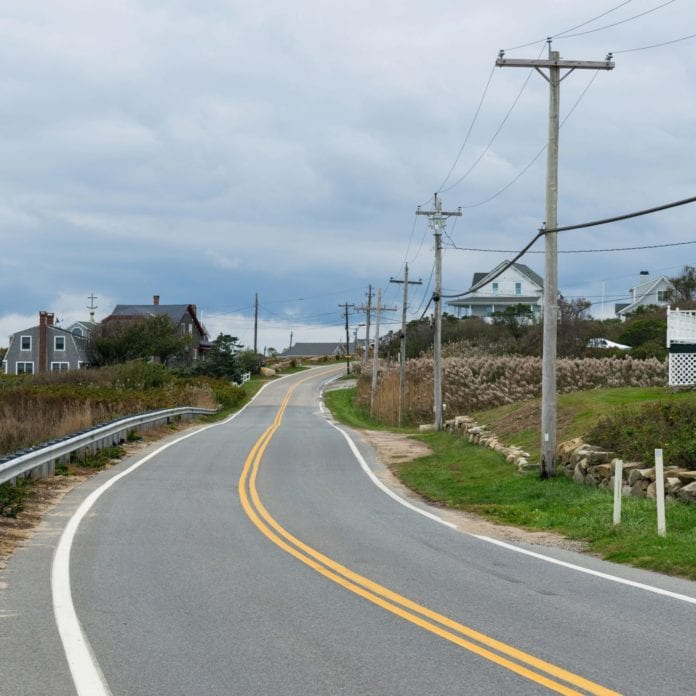Fiber network deployment is the “rural electrification of our generation”, according to Conexon’s Jonathan Chambers
As the Federal Communications Commission mulls exactly how it will distribute the proposed $20.4 billion Rural Digital Opportunity Fund over a decade to expand rural broadband deployments and narrow the digital divide, there are a range of companies seeking to take part: national, regional and local telecom companies, fixed wireless access players, satellite providers and even Low Earth Orbit satellite start-ups like Elon Musk’s SpaceX.
But there is another category of rural-market-focused network operator that plays a role in the extension of wired fiber networks: rural electric cooperatives. While many of these member-owned companies have existed for decades as electricity providers, broadband is a relatively new addition to their networks. In Tennessee, for instance, rural electric coops were only granted authority to provide rural broadband in 2017. TECA, the Tennessee Electric Coop Association, told the FCC in an recent RDOF filing that “unlike any other broadband providers in Tennessee, electric cooperatives offering retail broadband services are statutorily required to provide service to all of their electric customers — not just a subset of customers, or “cherry-picked” areas that offer the lowest costs to provide service. For this reason, [the RDOF’s] Auction 904 provides an especially important opportunity for Tennessee cooperatives to fulfill their requirements to provide delivery of broadband services to people and places that no one else will.”
“My guess is most people, when they think of telecommunications, they don’t think of electric coops. When they think of broadband, the don’t think of electric coops. Electric coops are investing more money in [rural] broadband today than any of those other industries,” said Jonathan Chambers, partner at Conexon, a former chief of the Office of Strategic Planning for the FCC and a former Sprint executive. Conexon is a consulting and analytics firm for rural electric coops’ fiber projects and organized the Rural Electric Cooperative Consortium bidding entity, which won about $186 million in the Connect American Fund II auction and was the largest single bidder that committed to extending gigabit service. Chambers left the FCC in 2016 to form Conexon with partner Randy Klindt after seeing Klindt’s work building a rural fiber-to-the-home network at Missouri’s Co-Mo Electric Cooperative.
Chambers sees three fundamental flaws with the federal rural broadband strategy as it has thus far played out: Setting broadband goals in terms of speed, which is ever-changing; accepting and funding projects that deployed slower speeds in rural areas than in urban/suburban ones; and taking a “technology neutral” (which, as Chambers points out, actually means “transmission-medium neutral”) stance to funding that ignores the reality of fiber as both a consumer preference and the gold standard for network investment.
“The coronavirus is as much a demonstration as anyone should ever need — working from home, schooling from home, telemedicine — it’s all anybody should ever need from today on, to know that to set out a discriminatory infrastructure policy as the policy of the U.S. government, is to do something that is to the detriment of tens of millions of people in the country,” Chambers said.
“We’ve spent the public’s money, year in, year out … to achieve something that has to be done all over again, because they set a speed level,” he went on. “Ten years from now, in large parts of the country, they’ll have to do it all again.”
Chambers instead proposes something both simple and audacious: Build fiber. Build it to every rural home and electric meter in the country. It’s actually what the FCC’s cost-model for rural broadband deployment is fundamentally built upon, he says, and fiber or cable is the preferred choice of consumers when they have the option. “When consumers have a choice of fiber or cable, the very thing that is prevalent in urban areas … that’s all they choose. They don’t choose satellite. They don’t choose fixed wireless. They don’t sit at home using their mobile device for everything,” he said. It’s also the choice that telecom operators make for their own network investments whenever possible.
Rural electric co-ops approach fiber build-outs in fundamentally different ways than traditional telecom companies, he said, and those enable them to make the economics work. They are able to utilize broadband connectivity as part of their own smart-grid modernization. They already have a network of poles to use, and they follow their existing network rather than having to plan and site a new one. They mostly string aerial fiber, to avoid high-cost trenching. They use a distributed TAP architecture that is more efficient and less costly to deploy. They are non-profit entities who make their network investments based on long-term ROI expectations rather than quarterly deliverables and have their own long-standing relationships for financing. And they are accustomed to the expectation of having to serve every member in their service territory and charge them the same service fees, even at densities of one or two households per mile. They also already have the bucket trucks, lineman workforce and operational skills to handle the network that runs alongside their existing one.
Electric coops don’t just serve homes and businesses, either, Chambers noted. Their network includes meters are that run to locations such as farm buildings, grain silos and irrigation pivots, and laying fiber there will lay the groundwork for precise agriculture. And where fiber goes, so also goes 5G, he adds.
“If you spend the money to get fiber to every rural home, guess that you’ll also get? You’ll get the thing that [mobile network operators] want, too: You’ll also get 5G,” he said. “If you don’t have fiber, you don’t have 5G. If you invest in fiber, you’ll get 5G.”

